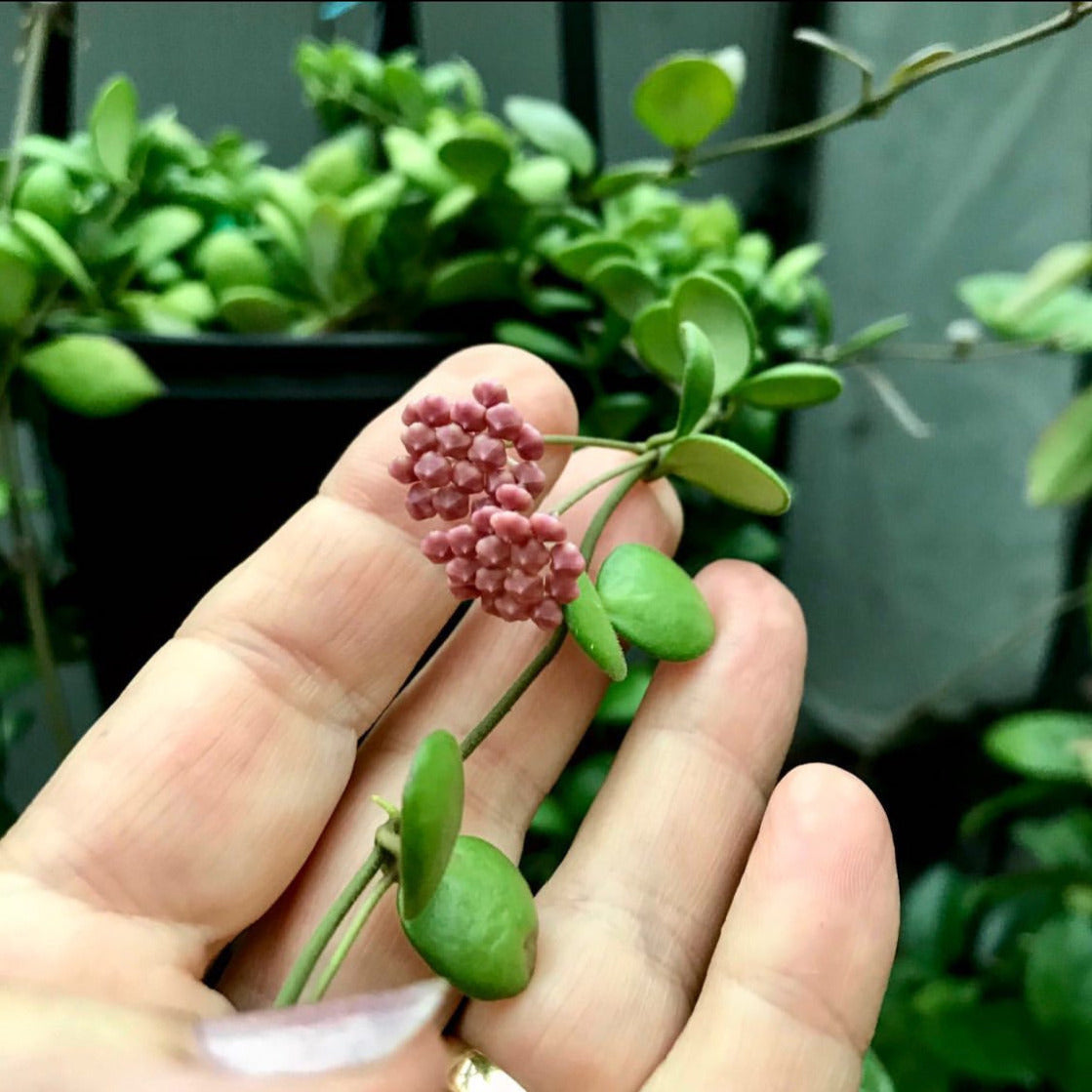The Allure of the Hoya Bilobata
The Hoya bilobata, often affectionately referred to as the “lobster claw hoya,” is a unique and captivating succulent plant. Its distinctive, deeply lobed leaves, resembling tiny lobster claws, make it a standout in any plant collection. This tropical beauty, native to Southeast Asia, has gained popularity among plant enthusiasts due to its low-maintenance nature and striking appearance.
The Price of Beauty: How Much Does a Hoya Bilobata Cost?
The price of a Hoya bilobata can vary depending on several factors, including:
Plant size and maturity: Larger, more mature plants generally command higher prices.

While it’s challenging to provide a definitive price range, you can typically find Hoya bilobata plants at a variety of price points, from affordable to more premium options.
The Benefits of Owning a Hoya Bilobata
Beyond its aesthetic appeal, the Hoya bilobata offers several benefits:
Air purification: Like many other houseplants, the Hoya bilobata helps improve indoor air quality by absorbing toxins and releasing oxygen.
Caring for Your Hoya Bilobata

To keep your Hoya bilobata thriving, follow these care tips:
Light:
Indirect sunlight: Hoya bilobata prefers bright, indirect light. Avoid exposing it to direct sunlight, as this can scorch the leaves.
Watering:
Allow soil to dry: Water your Hoya bilobata thoroughly, but allow the soil to dry out completely between waterings. Overwatering can lead to root rot.

Humidity:
Average humidity: Hoya bilobata can tolerate average household humidity levels.
Temperature:
Warm temperatures: Hoya bilobata prefers warm temperatures, ideally between 65-85°F (18-30°C).
Soil:
Well-draining soil: Use a well-draining cactus or succulent potting mix to prevent waterlogging.
Fertilizing:
Minimal fertilization: Hoya bilobata is a slow-growing plant and doesn’t require frequent fertilization.
Planting Your Hoya Bilobata
Potting:
Well-draining pot: Choose a pot with drainage holes to prevent waterlogged soil.
Repotting:
Repotting frequency: Repot your Hoya bilobata every 1-2 years or when the plant becomes root-bound.
By following these care tips, you can enjoy the beauty and benefits of your Hoya bilobata for years to come.
